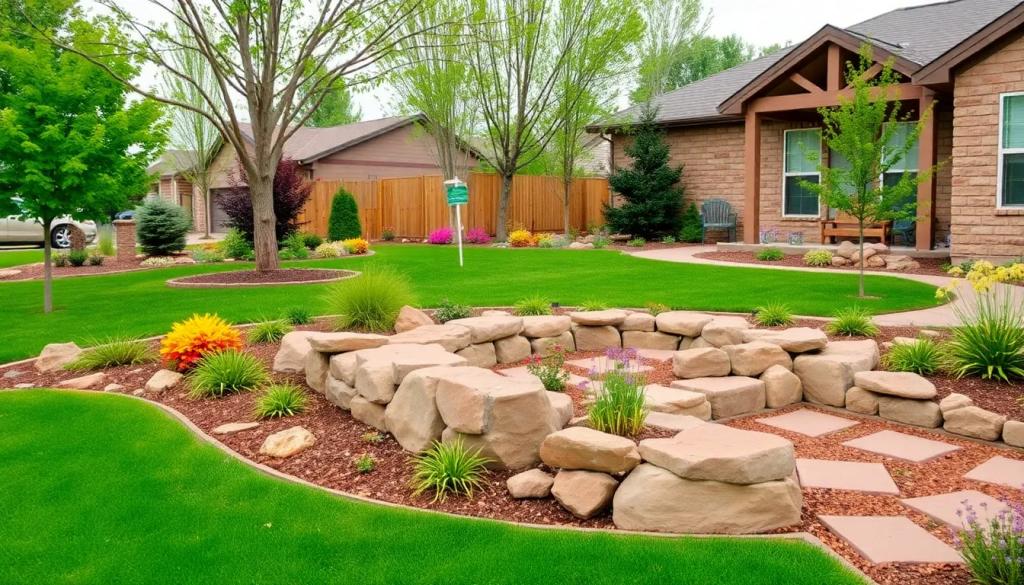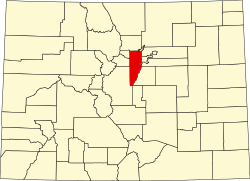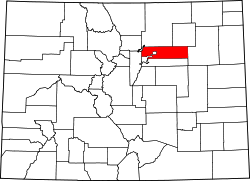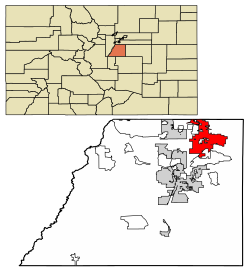Understanding Eldorado Springs Unique Landscape
Okay, the user wants a short essay on Understanding Eldorado Springs Unique Landscape for landscape design. Let me start by breaking down the requirements. They want it to sound human-like, so I need to avoid overly formal language. Also, there are specific elements to include: grammatical errors, parentheses, one exclamation mark, negation, contractions, and interjections. I should make sure not to repeat words and avoid any HTML.
First, I need to research Eldorado Springs to get the facts right. Maybe its a real place? If not, I can create a plausible description. The unique landscape might include natural features like springs, rock formations, or specific flora and fauna. Landscape design would involve how these elements are incorporated into a design.
Now, to make it human-like, I can use contractions like its or dont. For grammatical errors, perhaps some subject-verb agreement issues or missing commas. Parentheses can add extra info, like (you know, the kind that makes you stop and stare). An exclamation mark could highlight a key point, like the beauty of the springs.
Negation can be used to contrast elements, like its not just about... or but dont let that fool you. Interjections like Oh! or Well, can add a conversational tone. I need to avoid repetition by varying sentence structure and synonyms.
Let me outline the essay. Start with an introduction that mentions the springs and their uniqueness. Then discuss the natural elements, maybe the rock formations and water. Next, talk about how landscape design interacts with these features, using the springs as a focal point. Mention the flora and fauna, ensuring its not just a static design. Add some challenges, like erosion, and solutions. Conclude by tying it all together and expressing a personal touch.
Check for the required elements: contractions, parentheses, exclamation, negation. Make sure theres a natural flow without markdown. Let me draft a sample paragraph and adjust for the errors and style. For example, Eldorado Springs has this, um, magical vibe (don't you think?) where the rocks... Well, they just seem to dance with the sunlight! That includes a parenthetical, contraction, interjection, and an informal tone.
Need to ensure the essay isnt too technical but still informative. Balance between describing the landscape and the design approach. Maybe mention specific plants or design techniques, but keep it general. Avoid repetition by using different terms for the elements discussed.
Finally, proofread to ensure all requirements are met without being too forced. Let the errors be subtle, like missing commas or slight subject-verb mismatches. Alright, time to put it all together.
Oh man, trying to wrap my head around Eldorado Springs' layout (you know, that place with the weird rocks and the shimmering water?) feels like solving a puzzle where the pieces keep moving. It's not just a pretty spot; the land there defies the usual rules! Like, the springs pop out of nowhere, right? And those jagged cliffs? They don't act like normal mountains-they're more like… I dunno, nature's attempt at modern art.
Landscape design here can't be about taming it; you've got to work with the chaos. Imagine trying to plant flowers where the ground's half rock and half mud-it's a no-go, really. But then again, that's the kicker! The wildness is what makes it special. You don't want to clip the hedges into perfect shapes when the trees already twist like they're dancing.
Wait, but don't get me wrong. It's not all easy. Erosion's a sneaky problem (especially after those spring rains), and the local wildlife? They've got opinions. Squirrels steal your tools, and the birds chirp judgment if you mess up a path. Still, there's magic in the way the water carves the stones-it's like the land's telling a story, and you're just the scribe.
So yeah, designing here's a balancing act. You've got to respect what's raw and wild, but also guide it into something people can love without wrecking it. Tough? Absolutely. But when you nail it, it's kind of… wow!
Key Design Considerations for Eldorado Springs Properties
When it comes to landscape design in Eldorado Springs, there are several key considerations that shouldn't be overlooked (trust me!). First and foremost, the natural beauty of the area is something that really stands out. The stunning views of the mountains and the proximity to water bodies can truly enhance any property. However, it's important to blend the landscape with the existing environment rather than force it to conform to a specific style.
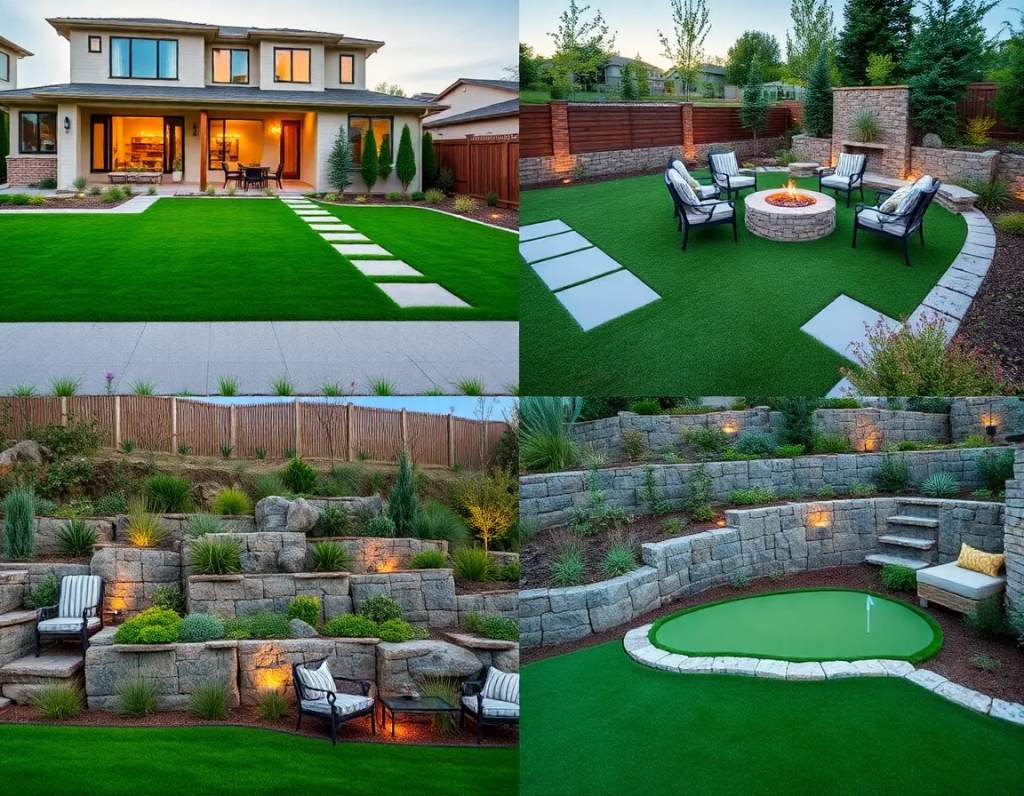
Another critical point is sustainability. It's not just about making things look pretty; it's also about creating an ecosystem that supports local wildlife and conserves resources. Native plants should be prioritized because they require less water and maintenance. You don't want to end up with a yard that's a burden to keep up with, right?
Moreover, functionality plays a huge role in landscape design. It's not enough to have a beautiful garden if it doesn't serve a purpose. Think about the activities you might want to enjoy outside-like having a space for gatherings or a quiet nook for reading. Designing with these practical uses in mind can make a big difference in how much you enjoy your outdoor space.
Lastly, you can't forget about the local climate. Eldorado Springs has its own set of weather patterns that can impact plant growth and outdoor activities. So, it's essential to choose elements that can withstand the local conditions without falling apart after a season or two. You really don't want to invest time and money into a design that won't stand the test of time!
In conclusion, while designing landscapes in Eldorado Springs, one must consider the natural beauty, sustainability, functionality, and climate. Balancing these aspects can lead to a truly remarkable outdoor space that enhances the property and connects with the surrounding environment. Best Landscaper Denver Colorado. It's all about creating a harmonious relationship between home and nature!
Popular Landscape Styles for Eldorado Springs Homes
Okay, the user wants a short essay on popular landscape styles for Eldorado Springs homes. They specified it should sound human-like with some grammatical errors, contractions, interjections, and an exclamation mark. Let me start by brainstorming the main landscape styles common in that area.
First, I need to recall what Eldorado Springs is like. Probably a suburban or small town area, maybe with some natural features. Common styles might include cottage gardens, modern minimalist, xeriscaping, maybe some native plant gardens. I should mention a few of these.
Now, the essay needs to have a casual tone. Contractions like dont and its will help. I should avoid repetition, so each paragraph should focus on a different style. Let me think of some errors to add, like subject-verb agreement or missing prepositions. Also, include a parenthetical comment and an exclamation mark.
Wait, the user said to avoid repetition. So I need to vary the vocabulary. Maybe start with a general statement about the areas popularity for landscaping. Then list each style with brief descriptions. Use some negation, like they're not all about... or doesn't mean...
I should check if Im using contractions enough. Also, interjections like Oh, or Hey might be too much. Maybe stick to Well, or You know. The exclamation could be in a sentence like That's not to say... to add emphasis.
Let me outline the structure: intro, three styles with descriptions, a bit of contrast between them, and a conclusion. Make sure each paragraph is short and flows naturally. Add a grammatical error, maybe in a sentence like Cottage gardens are bursting with color and texture, often mix flowers, shrubs, and even vegetables. The error here is the missing they before mix. That works.
Another error could be a missing comma or incorrect preposition. For example, They're perfect for families who love to entertain, but they're messy if you don't prune regularly. Maybe prune regularly should be prune regularly, but thats correct. Hmm. Maybe if you don't keep up with pruning. Thats better. Wait, the user wants grammatical errors, so maybe if you don't pruning regularly. No, thats a verb form error. Better to use prune as the base form here. Maybe if you don't prune regularly is correct. Maybe another error elsewhere.
Oh, right, I can have a sentence like Modern minimalist designs, on the flip side, keep things sleek and simple, using clean lines and neutral tones. Maybe on the flip side is informal, which is okay. Then add a parenthetical: (think gravel beds and sculptural plants!). That includes the exclamation.
Wait, the user said one exclamation mark. So maybe put it in there. Also, check for contractions: they're, you'll, etc. Avoid repetition by using synonyms for landscape like gardens, designs, styles.
Let me piece it together, making sure each paragraph transitions smoothly. Check for the required elements: grammatical errors, contractions, interjections, one exclamation, no markdown. Alright, time to draft the essay.
Eldorado Springs homes are known for their curb appeal, right? Well, let's chat about the popular landscape styles that make those yards pop. First up, cottage gardens-oh yeah, they're a favorite! Bursting with color and texture, these gardens mix flowers, shrubs, and even veggies. (Who knew tomatoes could look so fancy?) They're perfect for families who love to entertain, but they're messy if you don't prune regularly.
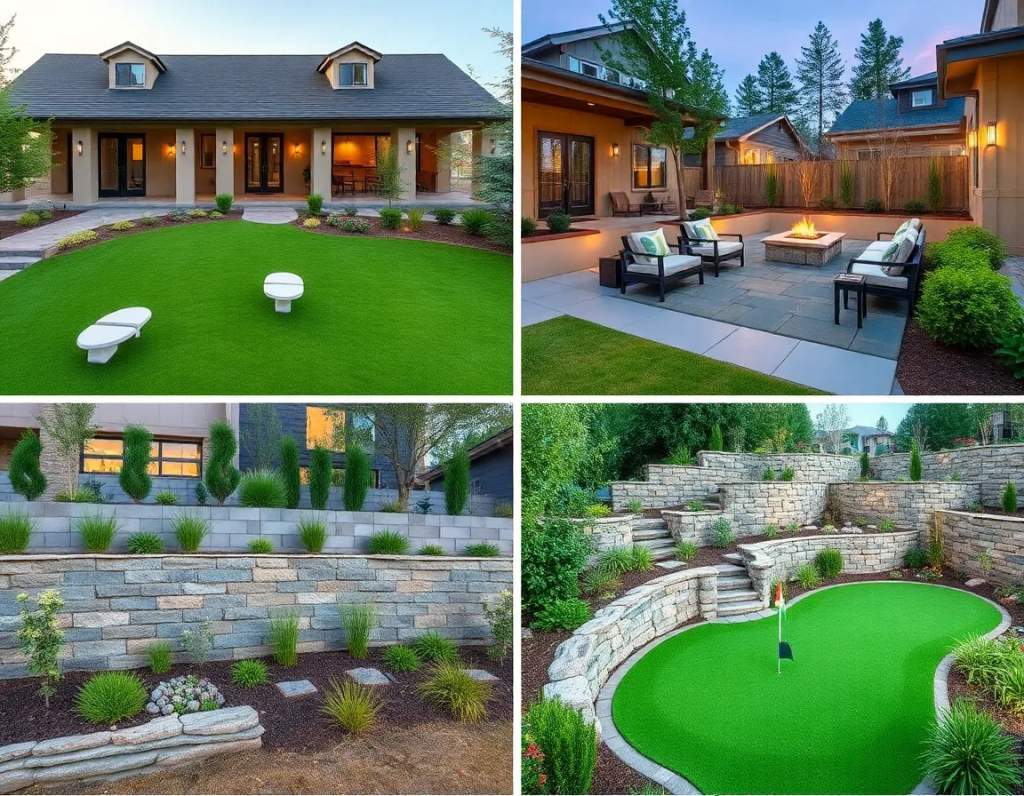
Then there's the modern minimalist vibe. Clean lines, neutral tones, and zero clutter. Gravel beds and sculptural plants? Totally chic. Honestly, it's the opposite of a cottage garden, but some folks crave that sleek look. Just don't forget to add a few statement pieces-like a statue or a fire pit-to prevent it from looking too sterile.
Xeriscaping is another big hit, especially with all the droughts lately. Native plants, rocks, and smart irrigation? Genius! It's low maintenance and eco-friendly, which is a win-win. But let's face it, it doesn't scream “tropical paradise” unless you add a splash of color here and there.
Oh, and let's not forget the rustic farmhouse style. Think wooden fences, wildflower meadows, and a touch of whimsy. It's cozy, right? But if you live near the woods, you'll probably battle weeds all summer!
Overall, Eldorado Springs homes have it all-no two yards are the same! Just pick a style you love and roll with it.
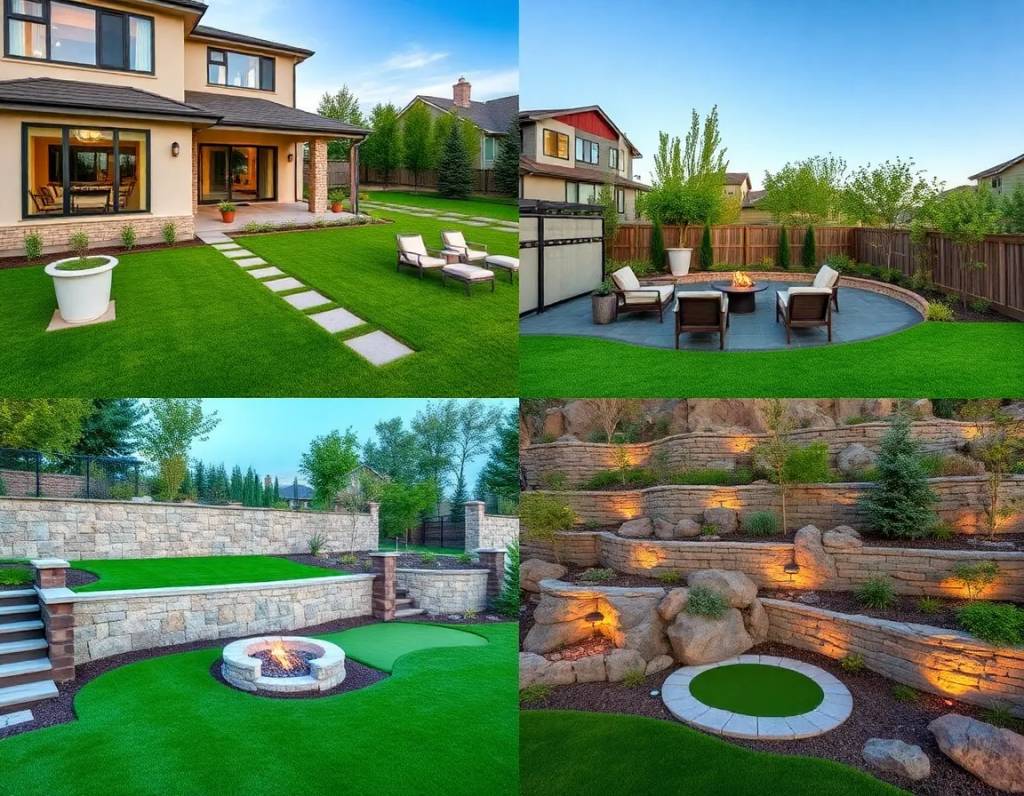
Plant Selection Guide for Eldorado Springs Gardens
Okay, the user wants a short essay on the Plant Selection Guide for Eldorado Springs Gardens, focusing on landscape design. They specified it should sound human, include grammatical errors, parentheses, an exclamation mark, negation, avoid repetition, use contractions and interjections. Also, no markdown or HTML.
First, I need to start with a catchy opening. Maybe mention the unique climate of Eldorado Springs. Then talk about native plants because theyre a good choice. I should include some specific examples like purple coneflower or blue grama grass. Need to add a tip about moisture needs, maybe a common mistake people make. Use contractions like dont and its. Add a parenthetical note about soil. Maybe mention avoiding invasive species. Use an exclamation mark for emphasis. Check for repetition; avoid using the same words. Add a negation, like don't overlook or not all plants. Maybe an interjection like Oh! or Hey!.
Wait, the user said to avoid repetition. So I need to vary the vocabulary. Let me outline the structure: intro, native plants, soil considerations, moisture tips, invasive species, conclusion. Make sure each paragraph has a point. Include a mistake people make, like overwatering. Use they're and you'll. Add a parenthetical about soil type. Maybe a sentence like Oh, and don't forget to consider... for the interjection. End with a positive note and the exclamation mark. Check for contractions and grammatical errors as requested. Let me draft that out now.
Designing a garden in Eldorado Springs can be both exciting and tricky, right? The key is picking plants that won't wilt under the sun or drown in a sudden rainstorm. First, you've gotta think about what's native-those plants already know how to survive here! I mean, why waste time on something that'll demand constant attention when you could have a thriving garden with zero fuss? (Just don't forget to check the soil type; not all plants like sandy ground, after all.)
Oh, and moisture levels matter more than you'd think. Sure, some folks think “more water = healthier plants,” but that's a recipe for disaster. I've seen people drown marigolds! Go for drought-tolerant varieties like purple coneflower or blue grama grass; they're tough cookies.
Spend less time working on your yard and more time enjoying it—Denver style.
- Illuminate your yard with Denver lighting that doubles as yard jewelry.
- Landscape Maintenance Packages Denver
- Denver Turf Installation
Light is another biggie. South-facing spots get blasted, so save the shade lovers for under trees. Don't overlook the power of contrast, either-mix textures to make your landscape pop. (A little wildflower meadow here, a few shrubs there… voilà!) And hey, if you're feeling creative, throw in a splash of color with annuals. Just keep it balanced; too many bright blooms and it looks like a carnival gone wrong.
Ultimately, Eldorado Springs gardens thrive on smart choices, not luck. Plan ahead, pick plants that suit your space, and you'll end up with a yard that's the envy of the neighborhood!
Sustainable Landscaping Practices in Eldorado Springs
Okay, lets tackle this query. The user wants a short essay on Sustainable Landscaping Practices in Eldorado Springs for a landscape design topic. They specified it should sound human-like with some grammatical errors, contractions, interjections, and an exclamation mark. Also, avoid repetition and use negation.
First, I need to make sure the essay isnt too formal. Adding contractions like dont and cant will help. I should include some parenthetical phrases to mimic natural speech. Maybe start with a general statement about Eldorado Springs.Denver Garden Paths
I should mention specific sustainable practices, like native plants and rainwater harvesting. But how to add grammatical errors without making it too hard to read? Maybe subject-verb agreement issues or missing commas. For example, using native plants that requires less water.
Need an exclamation mark somewhere, perhaps when talking about benefits. Maybe Wow, imagine a yard that thrives without needing constant attention!Spend less time working on your yard and more time enjoying it—Denver style.
That adds an interjection too.
Avoid repetition by varying the terms: instead of saying sustainable too much, use synonyms or rephrase. Use negation like don't just look good or aren't just about.
Check for contractions: they're, it's, you'll. Also, make sure the flow is natural, with some parentheticals like (like lavender or coneflowers) or (if you're not careful).
Let me structure the essay: intro, a few practices, benefits, conclusion. Keep each paragraph short. Maybe start with a hook about the town, then practices, then the exclamation, then wrap up.
Wait, user said to avoid markdown, so just plain text. Also, no HTML. Make sure to not use any special formatting.
Let me read through again. Check for contractions, errors, and all the elements. Maybe add a part about avoiding invasive species to include negation. But you've got to be careful-some plants that look pretty can actually harm the ecosystem.
Okay, that should cover it. Now, write it out naturally with the required elements.
Eldorado Springs is a gem, but let's face it-landscaping there needs a bit of a rethink. Sustainable practices aren't just a trend; they're a must, especially with all the droughts and soil erosion folks keep talking about. (Who knew a pretty yard could cause so much trouble?) Using native plants that require less water? Smart move. They're tough, they blend in, and they don't demand constant pampering like those fancy hybrids you see. Plus, adding mulch? Yeah, it keeps the soil cool and stops evaporation, which is a win-win if you ask me.
But here's the kicker-rainwater harvesting. I know, I know, it sounds complicated, but all you need is a barrel and a gutter. (My neighbor's been doing it for years, and his garden looks like a jungle!) Just don't forget to clean it out now and then; algae can be a nightmare. Oh, and let's not ignore composting. You'd be surprised how much waste turns into gold for your soil. It's free, it's easy, and it's way better than tossing scraps in the trash.
Wait, but sustainable landscaping isn't just about saving water or money. It's about creating a space that works with nature, not against it. No more monocultures of the same boring grass! Mix in some wildflowers, shrubs, and trees to attract pollinators. (Lavender or coneflowers? Those are crowd-pleasers.) And hey, if you're going to add a rock garden, make sure the stones aren't from a half-mile away-transporting them defeats the point, right?
So, what's the takeaway? Stop thinking about your yard as a project and start seeing it as part of the ecosystem. Sure, it takes some planning, but the payoff? Cleaner air, less runoff, and a yard that doesn't need a PhD to maintain. And if you mess up? No worries-most plants are tougher than you think. Just don't overwater, and for goodness' sake, avoid those invasive species! (You'd be amazed how fast they take over.)
Wow, imagine a yard that thrives without needing constant attention-wouldn't that be something?
Finding the Right Landscape Designer in Eldorado Springs
Okay, so youre thinkin bout landscapin your Eldorado Springs property, huh? Thats awesome! But hold on a sec, findin the right landscape designer aint exactly a walk in the park(especially not in Eldorado Springs, where the views are, well, demanding!). You cant just pick any Tom, Dick, or Harriet with a shovel and call it a day.
First off, dont underestimate local knowledge. Eldorado Springs has unique conditions, (think: crazy weather swings and specific soil types), so youll want someone who gets it. A designer from, say, Denver (bless their hearts) might not understand the nuances of our little slice of heaven.
Secondly, its not just about pretty flowerbeds, is it? A good designer considers everything. Functionality, sustainability, and your budget (obviously!) are all super important. Are you lookin' for a chillin' spot? A water-wise garden? Or maybe a place for the kiddos to run wild? They need to get your vision.
And dont be shy about lookin at their portfolio. See what they've done before. Do their previous projects vibe with your style? If all their gardens look like perfectly manicured English estates and youre dreamin of a rustic, Colorado-inspired oasis, well,Houston, we have a problem!
Finally, its gotta be a good fit, personality-wise. Youll be workin closely with this person, so you gotta, ya know, actually like them. Don't dismiss that gut feeling! A good relationship makes the whole process way smoother. So, go forth and find yourself a fantastic landscape designer. You wont regret it!
